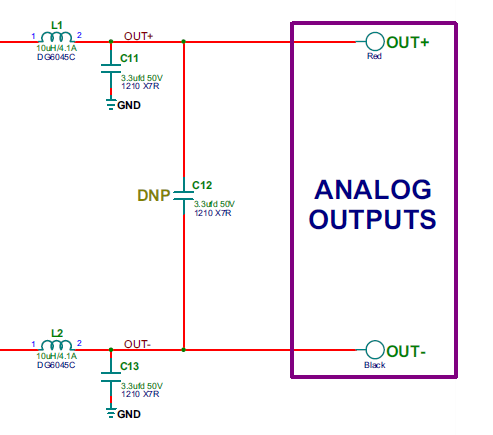I have the circuit designed using DRV595. This circuit works fine under 13V input voltage. However, when the input DC voltage is above 13V, it cannot startup. I can start at 12V and then roll the voltage up to even 16V without problem. However, I do not know why I cannot directly start up at this voltage. The power supply I was using has been checked and it does not have any issue like overshoot. In addition, I do not have heavy load, since I was even trying to start up with no load but the issue still shows. Please suggest if possible. I have attached my schematic. Thanks!
-
Ask a related question
What is a related question?A related question is a question created from another question. When the related question is created, it will be automatically linked to the original question.


